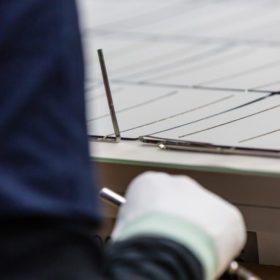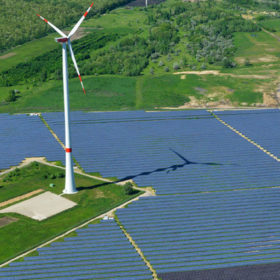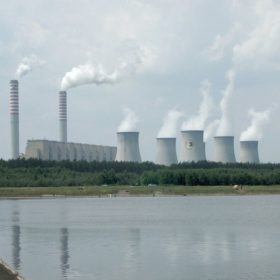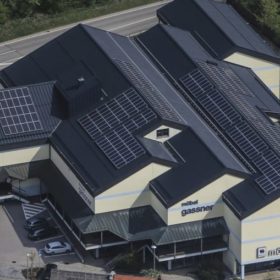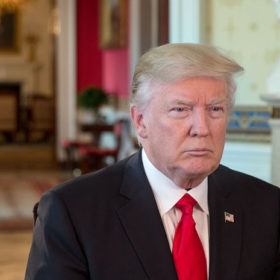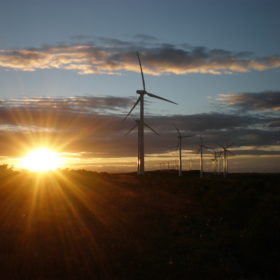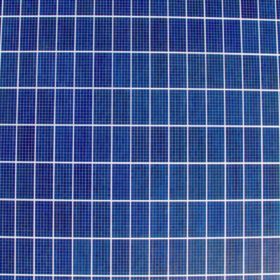Prices for monocrystalline solar modules are picking up
Analysts at Taiwan-based EnergyTrend and China’s PV Infolink have reported a further increase in demand for monocrystalline solar cells and modules in recent days. Their respective analyses on multi-crystalline products, however, do not match.
2035: The renewable energy tipping point
The tipping point, where the world shifts from oil and gas to renewables, will be the year 2035, says Wood Mackenzie. This is when renewables and electric-based technologies converge, with around 20% of global power needs being met by solar or wind, and roughly 20% of miles traveled by cars, trucks, buses and bikes using electricity. Will the transition come soon enough, however?
Deloitte sees renewable energy in the fast lane
Solar PV and wind energy are now evolving from established to the preferred energy sources, according to a recent Deloitte study analyzing the global renewable energy market.
Solar, not coal, can stop hike in electricity prices in Poland
Polish research institute IEO released a new analysis showing increasing power prices in the Eastern European country, due to the current energy policy, which still strongly relies on coal power. Replacing coal with solar power, it argues, would likely result in decreasing power prices.
Jamaica’s prime minister calls for 50% renewables by 2030
Jamaica is currently targeting a 30% share of renewables in its energy mix by 2030. However, the nation’s prime minister says, “We can do better.”
WWF says 2% of Germany’s surface is enough for 100% renewables
An analysis of the World Wildlife Fund (WWF) assumes that a maximum of 2.5% of Germany’s land is needed for the energy transition. With a higher share of solar in the electricity mix, however, this percentage would be lowered to 2%. The study also says that the expansion of renewables will not endanger nature protection.
Reports of death of US nuclear and coal bailout may not be exaggerated
Rumors of a u-turn on energy policy in the White House have been substantiated by pv magazine’s enquiries, although the respite for renewables may prove temporary, thanks to another fossil fuel-friendly nomination by President Trump.
‘There is no alternative to a world of 100% renewables’
Electrifying the global energy system with clean energy is the only way to reach the targets set by the Paris agreement on climate change and avoid the catastrophic scenarios outlined by the recent IPCC report. In an interview with pv magazine, Christian Breyer – Professor of Solar Economy at Finland’s Lappeenranta University of Technology – explains a 100% renewables model is not only technically feasible, but also the cheapest and safest option. With solar and storage at its core, the future energy system envisaged by Breyer and his team will not only stop coal, but also nuclear and fossil gas, while seeing solar reach a share of around 70% of power consumption by 2050. By that time, PV technology could cost a third of its current price.
Solar panel theoretical efficiency limit increases by 33%
Researchers at the University of Amsterdam have found what they describe conclusive evidence that perovskites feature “efficient carrier multiplication,” effectively increasing the single layer efficiency limit from 33% to 44%.
EVs could become key to renewables uptake and world’s largest source of battery storage
For renewables to claim a more sizable share of the global energy mix, the adoption of energy storage would need to pick up pace and the rapidly increasing size of the EV fleet will offer a scalable way to ramp up such access, says Fitch Solutions.
